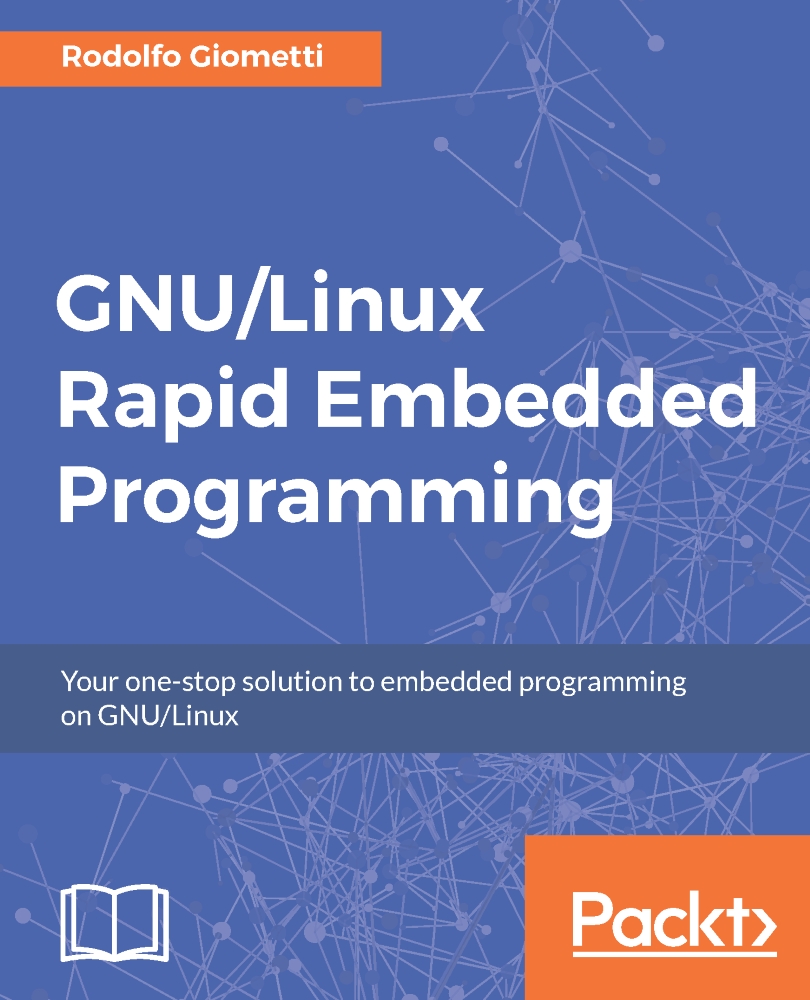What is the Inter-Integrated Circuit bus?
The Inter-Integrated Circuit (I2C) is a multi-master, multi-slave, serial computer bus invented in order to simplify the board schematics. Thanks to the fact that it needs two wires only (apart the GND) to do its job, it's widely used into embedded computers to connect on-board sensor/actuators chips to the main CPU.
Despite the fact that the I2C bus is multi-master, a typical configuration is a single master device (the CPU) connected to several slave devices (the sensors/actuators) where, as for the USB bus, the master directs all transfers. However just a main difference should be outlined: a I2C device can have a dedicated interrupt line to the CPU that can be used to signal that a message must be read by the master (in the USB bus the interrupt messages go over the bus too!). So, a simple I2C connections need two wires only while, in case of interrupt lines, they need three or more lines.
Note
For further reading on the working of I2C bus the reader...

































































